The film Girl Rising, whose narrators include Meryl Streep, Kerry Washington, and Selena Gomez, tells the stories of 10 girls from 10 different countries. They include a girl who lives on the streets in India, one who survives on a city dump in Cambodia, and another who lives in a slum in Sierra Leone.
But Academy Award-nominated director Richard Robbins says he was insistent that the focus of the film should be on the girls and not upon their dire circumstances.
“I think that Western audiences visiting the developing world tend to see the surroundings because that is what is unfamiliar to us. But the characters get lost in that picture,” he says.
To bring the girls to life on screen, Richard found published women writers in each of the 10 featured countries. He was convinced that local female writers could best capture the perspective of each girl because of their shared background.
“There’s no sort of omniscient, authoritative filmmaker voice here. We really tried to enter the girls’ world and see it the way that the girls see it,” Richard says.
Whenever I would get overwhelmed I would look back to the girl and think ‘she’s not overwhelmed; she is not discouraged; so I should not be either.’—Richard Robbins, Academy Award-nominated director
Each writer was paired with one girl. After becoming closely acquainted with the girl, the writers wrote down their stories in a variety of formats. Some emerged as short stories, some as screenplays, and some as reportage.
As a result, each of the 10 chapters of the film has its own unique flavor, says Richard. Sometimes the girls become actors in their own stories; other times the camera follows them as they live out their lives.
He says one of the continual surprises was to discover strength and resilience in the girls when he expected to find despair.
“Whenever I would get overwhelmed I would look back to the girl and think she’s not overwhelmed, she is not discouraged, so I should not be either,” he says.
Another common theme was the girls’ thirst for education.
“I think there is something inherent in childhood — the desire for a better life than your parents had or what you see around you. Then the tools that will help get you where you want to be become something that’s desirable,” Richard says.
Girl Rising is part of the 10×10 social action campaign designed to raise awareness about girls’ education and provoke action to increase their access to it. World Vision helped the filmmakers identify two girls for the documentary. World Vision programs to advance the cause of girls’ education will benefit from funds raised by the 10×10 campaign, along with several other humanitarian organizations.
Richard says he’s learned from talking to the makers of other films that hoped to effect positive change in the world — notably Super Size Me and An Inconvenient Truth. While a lot of energy had been put into such films, their makers sometimes confessed insufficient consideration had been given to how the enthusiasm generated among audiences could be harnessed for meaningful change.
For this reason, Richard decided to make the campaign an integral part of the film project from the outset.
“They are coequal branches, and they depend on each other for their success,” he says.
Producer meets girl revolutionaries
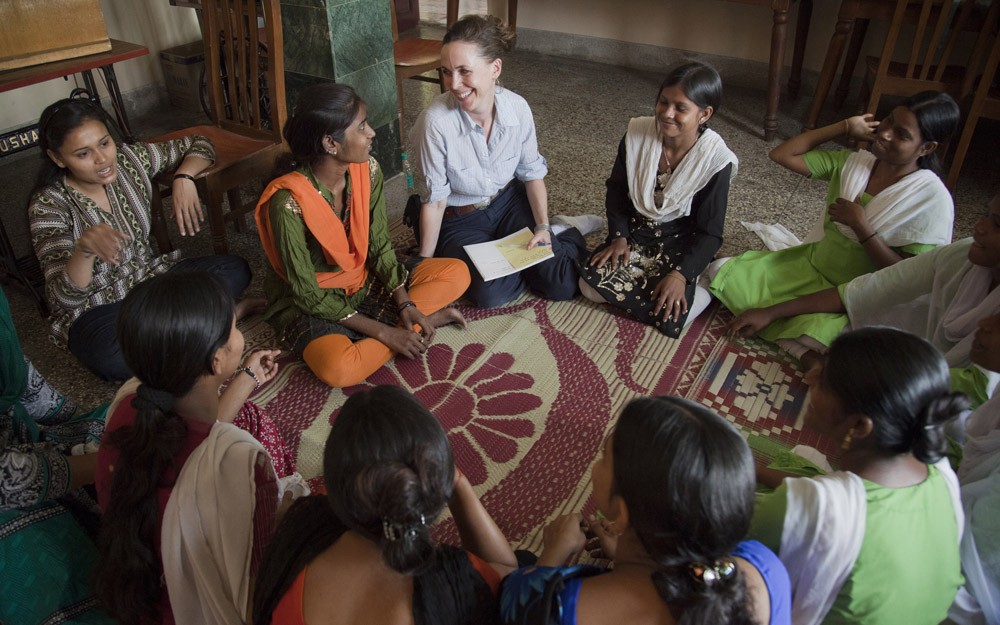
When director Richard Robbins got the idea for Girl Rising — a film about girls struggling to get an education — he was determined that it should be part of a social action campaign to improve the lot of girls around the world. Critically-acclaimed producer Martha Adams helped make the film and subsequently became the creative director for the campaign. She spoke with World Vision about both roles.
What was your role as producer?
Initially, I was asked to go out into the world to find these girls. I was interviewing hundreds of girls and trying to identify candidates who would be a good match for our writers, and whom we thought would make a good story.
How did you break the ice with the girls and the writers?
We listened to the girls first and foremost. What would they like to do? We also had to work in the writers’ own desires: “Can we travel to her birthplace? Can I go to school with her? Where does she go when she likes to unwind?”
Of course, sharing those experiences with the girls, their family members, and with the writer made for a very memorable and moving day. As you can imagine, a lot of our writers and the girls became very close.
Were the girls’ stories what you expected?
When I first got the call to do this project, it was a chance of a lifetime, because I have always cared deeply about these issues. But like most people, I was under the impression that the situation was bleak; that the notion of girls being empowered across the developing world was unattainable.
Now, I’ve gone 180 degrees in the opposite direction; I know that not only is it obtainable, but we are already on our way.

What makes you so optimistic?
Because the girls I met in the field were game-changers. They’re revolutionaries. We’re so conditioned to define “revolutionary” in a certain way, and to think of it as the face of the intifada or Gandhi.
But these girls are just as powerful in their ability to change and stop the cycle of poverty.
Can you give an example?
When you interview someone such as Nazma — who is in a World Vision program in India — and you say: “How old was your mom when she was married?” “She was 8.” “Does she know how to read?” “No.” “How many children does she have?” “10.”
And then you say, “Nazma, can you read?” “Oh yes, I love this book, I love that book.” “Can you write?” “Oh yes, I just wrote an essay about this.” “What do you want to be when you grow up?” “Oh, I want to open a school — be a principal.” “Do you want to have any kids?” “Yep, maybe two, maybe three.”
All because an organization came — in this case, World Vision — and gave her a uniform, paid for her book supplies, and provided her a safe place for her to do her homework. It’s not that complicated.
After finishing the film, you became the creative director for the social action campaign. What does it involve?
It’s as varied as making a 60-second video that loops inside a taxi cab during a world convention, all the way over to, here is a talented graffiti artist. Let’s figure out how to work with him to create an interactive street campaign. In this world, we have to find the most innovative ways to engage.
Many producers would be looking for another film project by now. Why not you?
This project is all-consuming. You feel passionate about wanting to see the greatest amount of change come from this experience. This is not a typical film by any stretch. It’s more like a life-changing experience.
Girl Rising screenwriter finds talent living on the street
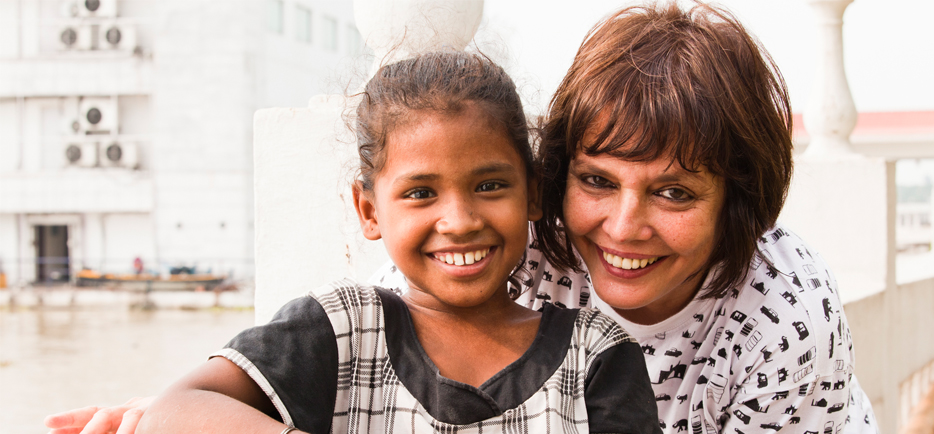
Celebrated screenwriter Sooni Taraporevala wrote the script for the Indian segment of Girl Rising. Her previous work includes the screenplay for the Oscar-nominated film Salaam Bombay. In Girl Rising, Sooni tells the story of 11-year-old Ruksana — a girl who lives on the streets of Calcutta. She spoke with World Vision about her experience.
Why did you choose to focus on Ruksana?
The producers gave me a video of interviews they had done with various girls and asked me to choose whose story I wanted to tell. As soon as I saw Ruksana on screen, I knew it was her.
She felt like a child who had no agenda. She was a natural. She was also an artist and someone who enjoyed painting. And as a screenwriter, I felt I could use that in the story that I wrote about her.
What sort of life does Ruksana have?
She lives on the pavement with her family and spends the night at a shelter. She has a very loving and supportive family, which I was very happy to see. It’s just her physical circumstances that are hard. Her mother told me that she too had been born and brought up on the same street and on the same pavement.
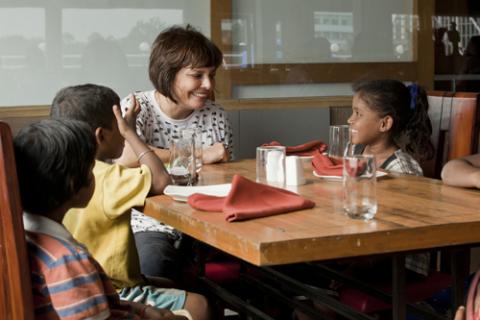
Where do they keep their things?
Their “house” is up against the wall of an institution. They have a kind of tarpaulin that forms the roof, and everything is in that space — school uniforms, school bags, cooking utensils, everything.
Ruksana’s father works two jobs, and her mother cooks and looks after the family. Her father is a sugarcane vendor, and he also works at the airport as a painter.
Even though he works two jobs, the father can’t provide a better house?
It’s very hard in cities like Bombay (Mumbai) and Kolkata (Calcutta), which are very densely populated, to find any kind of reasonable housing. People just can’t afford it. Even though he’s working two jobs, it’s a hand-to-mouth existence. They are under constant threat of demolition because the government frequently goes on demolition drives to clear up the pavements.
How did you break the ice when you were first introduced to Ruksana?
With my camera. This always breaks the ice. I’m also a photographer and I carry my camera around with me everywhere.
When I first met her, I took pictures of her and her family. Because of the wonders of digital photography, you can show the pictures immediately on the screen of your camera, and that did it. Even so, she is a shy girl, and it took a little while for her to open up.
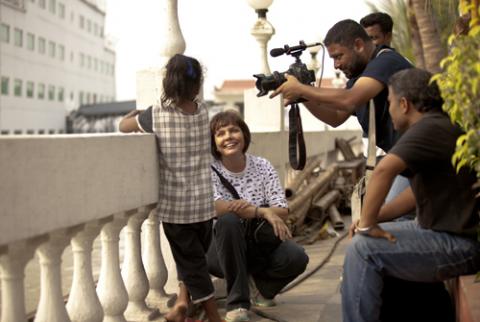
You write fictional films. How did you adapt to a more documentary style of storytelling?
I do write fiction feature films. But the first film I wrote was Salaam Bombay [about children living on the streets in Bombay]. I did a lot of research before I wrote the script, which was very much based on reality.
Basically, that’s what I did with Ruksana’s story. It’s not fictionalized, but the events that happen in the story don’t necessarily happen according to the chronology shown on screen.
I understand Ruksana seldom misses a day of school.
Yes, she does have an enthusiasm for school. I think her parents have inculcated into their kids that they have to be well educated. World Vision helps with school fees and school books and in general, keeps any eye out for the family.
Writer seeks understanding, shuns condemnation
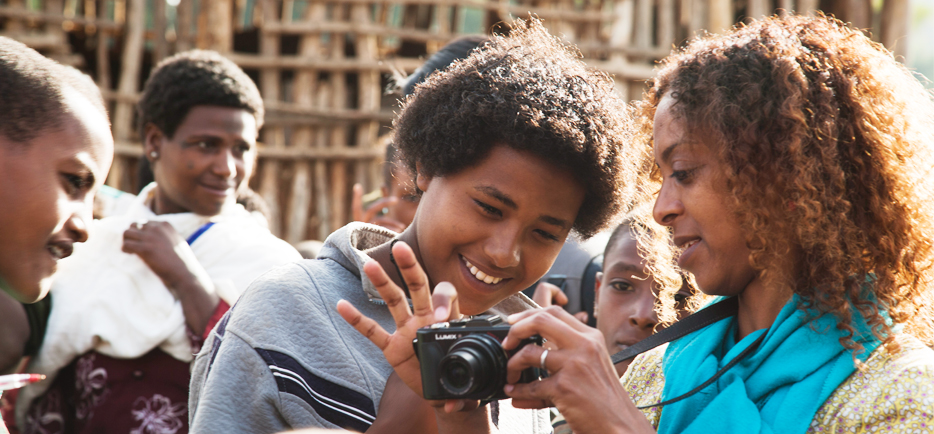
Acclaimed Ethiopian novelist Maaza Mengiste chose to tell the story of 14-year-old Azmera — a girl who resisted forced child marriage. She spoke with World Vision about the experience.
What appealed to you about writing for this film?
I liked the fact that the producers wanted to highlight an issue in Ethiopia that was affecting girls’ education, and then personalize the issue by relating it to the life of a particular girl. It was really important to me.
Why did you choose to tell Azmera’s story?
Because she seemed, at first glance, to be completely vulnerable and shy. But she still managed to say “no” — to stand up to her family when they wanted to marry her off. I felt that was an important thing to show and maybe explore a little bit. What gave her the strength to do that?
Did anything surprise you about her story?
My perception in these types of situations is that the girl is with a family that doesn’t really love her and wants to take advantage by marrying her off young. Azmera’s case was completely different. She is in a family that absolutely adores her. The story that emerged from speaking to her mother and her grandmother, who were also married off as children, was the fact that they thought this was the only way to save Azmera. The documentary talks about that fear and where it came from.
What gave Azmera the strength to resist child marriage?
They are [starting to] learn in school that you don’t have to get married at a young age. You are not supposed to get married that young — it stops you from getting your education. I also think it’s because of organizations like World Vision and what they are doing to get this information out. So Azmera sensed: I don’t have to do this just because my family says I have to. There is another way.
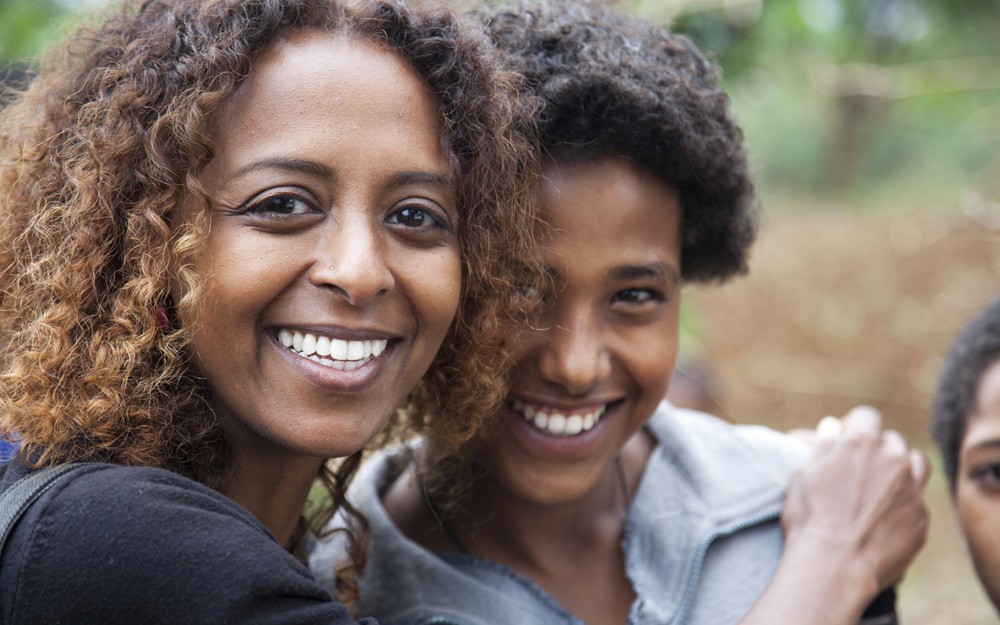
Were you familiar with World Vision before?
Absolutely. I remember during the dictatorship, World Vision’s trucks would go from Addis Ababa to different areas to distribute food and so on. When I was old enough, I started sponsoring a child in Ethiopia through World Vision. I’ve been doing that for a number years, and I still sponsor a little girl.
Azmera’s shyness must have been a challenge?
I chose her as a writer and not as a producer or director. I was looking at where I might have a story; not thinking about how she would be in front of the camera.
Did the producers struggle with your choice of subject?
When I picked her they emailed me and said, “Of course, it’s your decision but we would have picked somebody else” [laughs]. I think it scared us all for a while, but it was an amazing experience and an incredible shoot.
In telling Azmera’s story, did it help that you are Ethiopian?
I think it was helpful to be Ethiopian. My own grandmother was married at a very young age; my great grandmother had my grandfather when she was 12. I’m aware of how things have happened in Ethiopia, so I believe I approach it — not necessarily with horror — but with understanding. My task as a writer is to try to understand. I think you get the best writing when you are not seeking to just condemn, but to understand. I think an aggressive stance only meets with aggression.
Request a screening of Girl Rising in your city. Consider hosting a screening as a Girl Rising captain — or just sign up to indicate your interest in seeing the film if it comes to your town.
You can play a pivotal role in empowering a girl in need right now.
Sponsor a girl in India today. By making a personal investment in her life, you’ll help her stay in school and avoid harmful outcomes like child marriage or exploitation. Plus, you’ll help provide her with access to the resources she needs to become a healthy, productive adult.
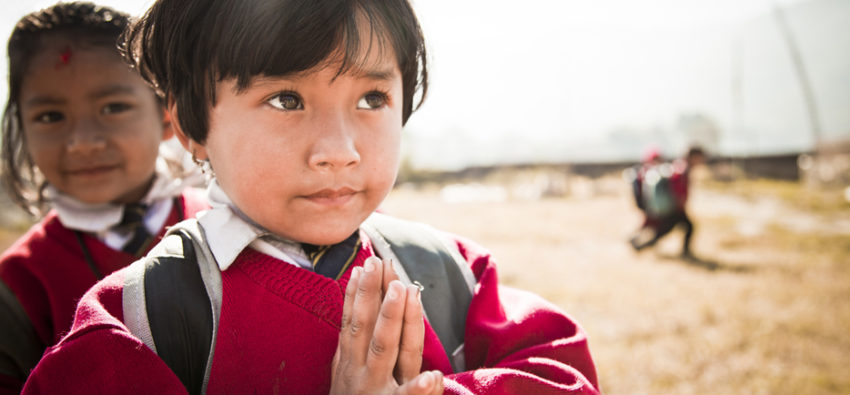
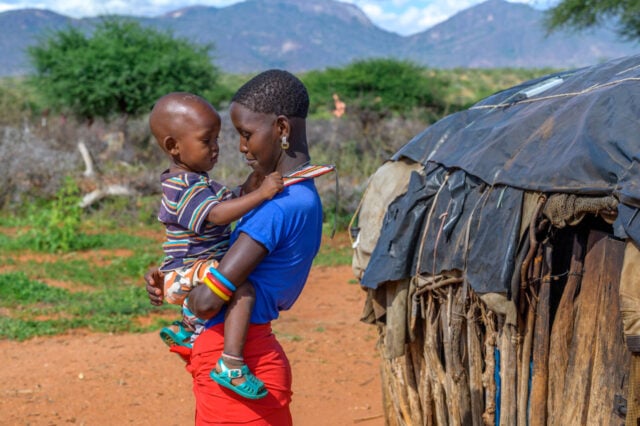
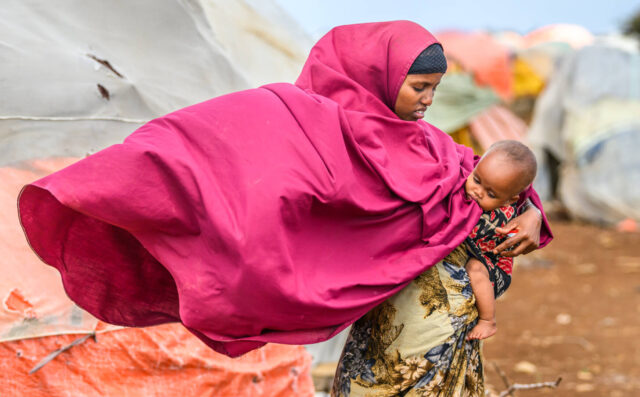
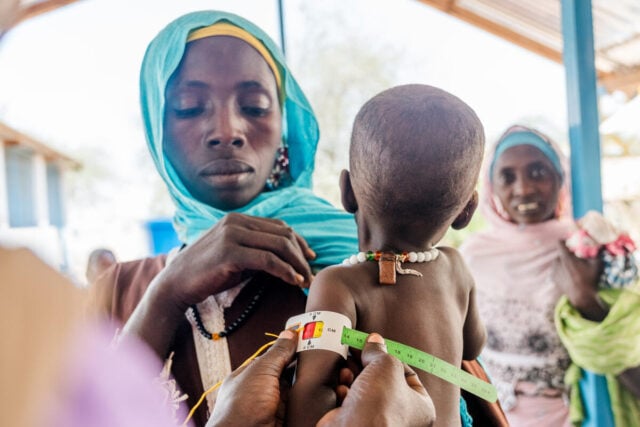
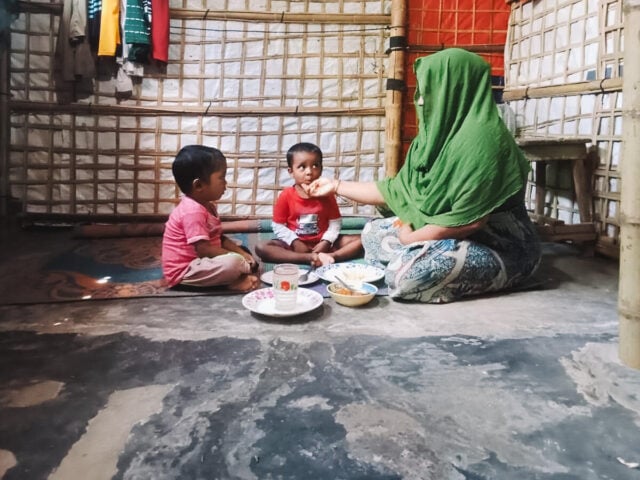
Comments